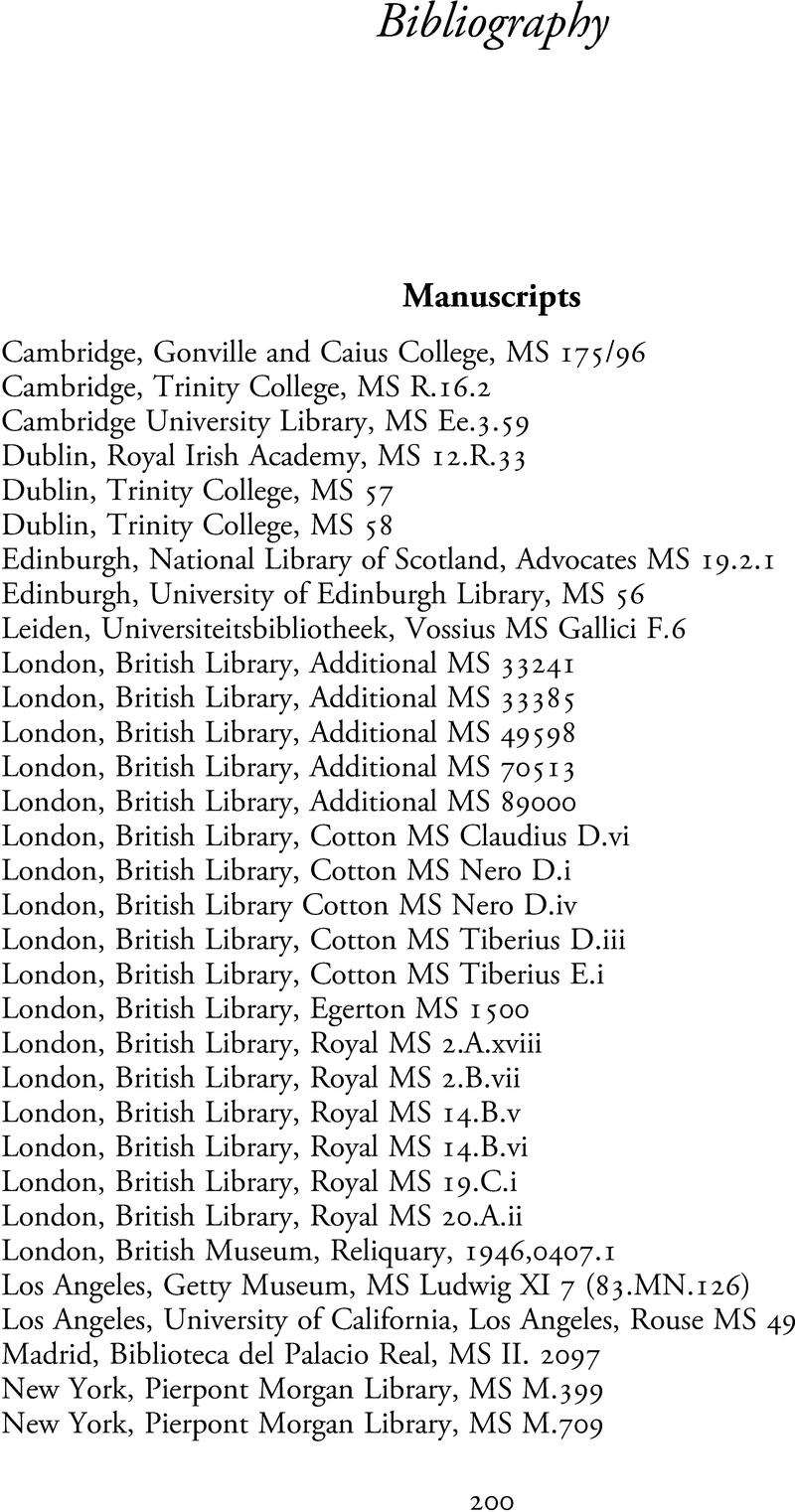 Women's Genealogies in the Medieval Literary Imagination
Women's Genealogies in the Medieval Literary Imagination Book contents
- Women’s Genealogies in the Medieval Literary Imagination
- Cambridge Studies in Medieval Literature
- Women’s Genealogies in the Medieval Literary Imagination
- Copyright page
- Contents
- Figures
- Acknowledgments
- Note on the Text
- Introduction
- Chapter 1 The Book as Bloodline
- Chapter 2 Records on the Landscape
- Chapter 3 Tracing Mobility
- Chapter 4 Mothers and Messengers
- Conclusion
- Notes
- Bibliography
- Index
- Cambridge Studies in Medieval Literature
- References
- Women’s Genealogies in the Medieval Literary Imagination
- Cambridge Studies in Medieval Literature
- Women’s Genealogies in the Medieval Literary Imagination
- Copyright page
- Contents
- Figures
- Acknowledgments
- Note on the Text
- Introduction
- Chapter 1 The Book as Bloodline
- Chapter 2 Records on the Landscape
- Chapter 3 Tracing Mobility
- Chapter 4 Mothers and Messengers
- Conclusion
- Notes
- Bibliography
- Index
- Cambridge Studies in Medieval Literature
- References
Summary

- Type
- Chapter
- Information
- Women's Genealogies in the Medieval Literary ImaginationMatrilineal Legacies in the High Middle Ages, pp. 200 - 224Publisher: Cambridge University PressPrint publication year: 2024


